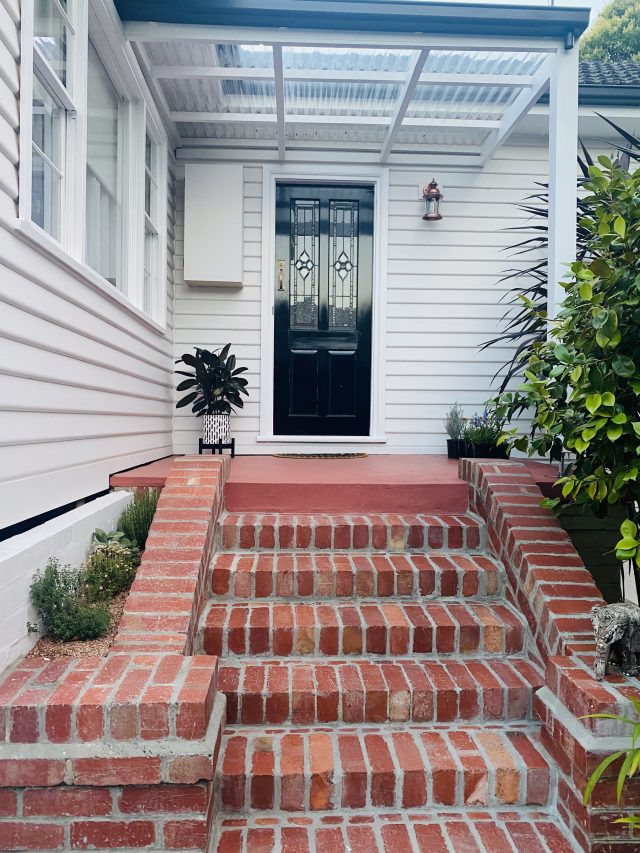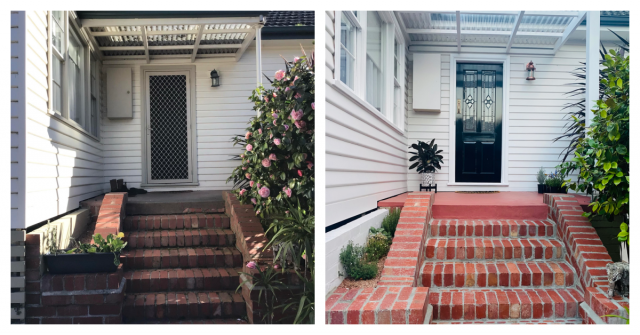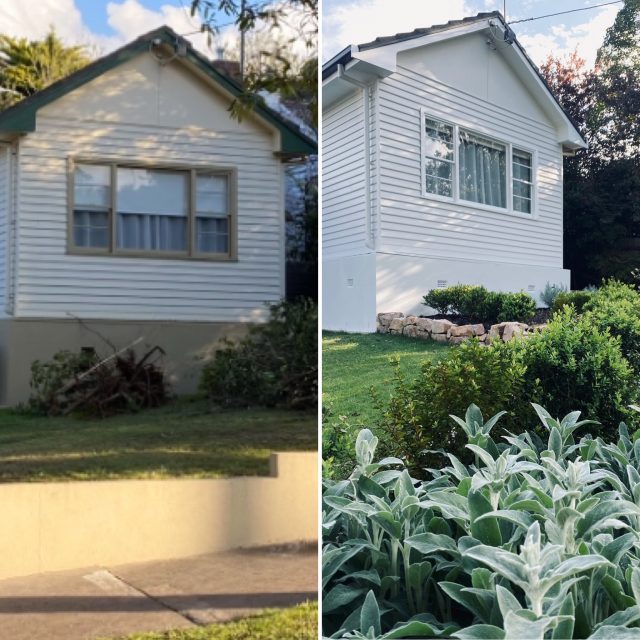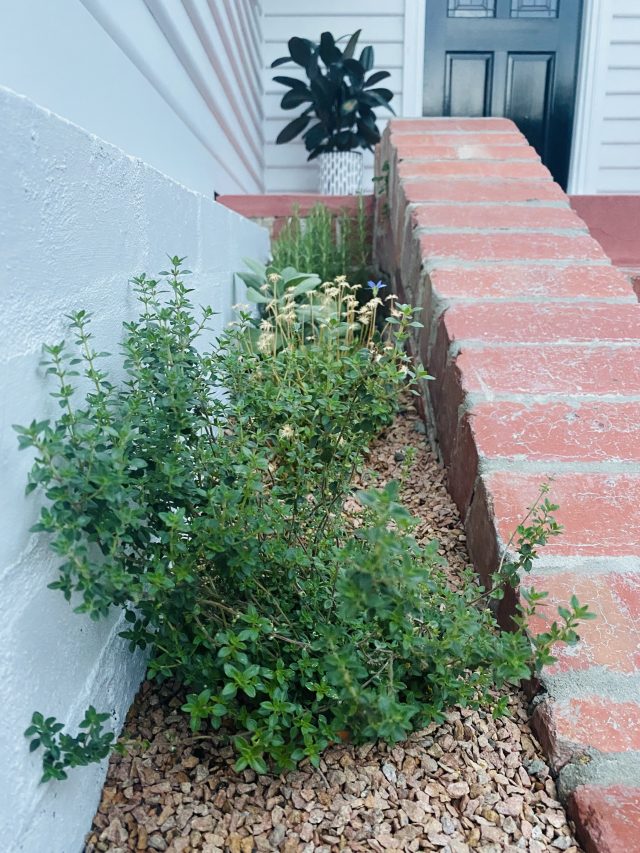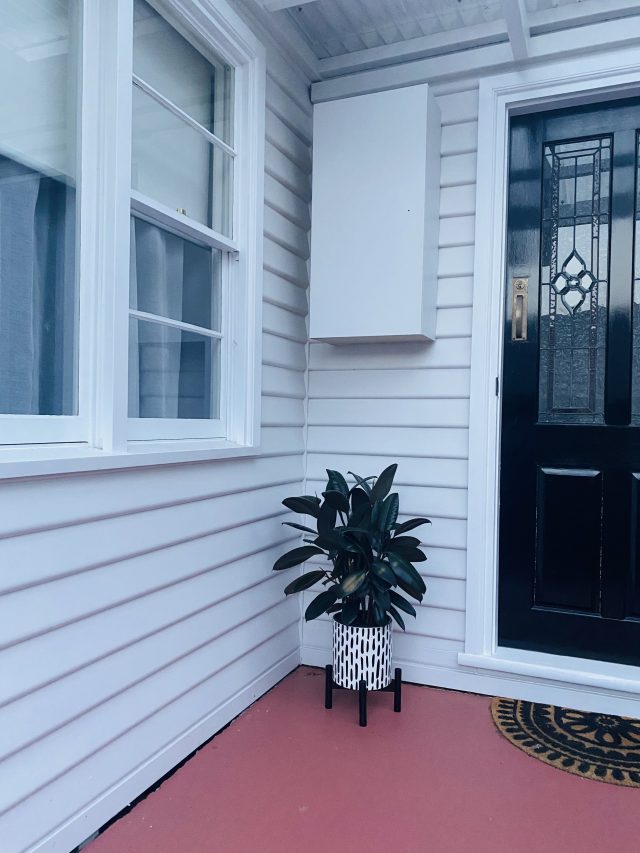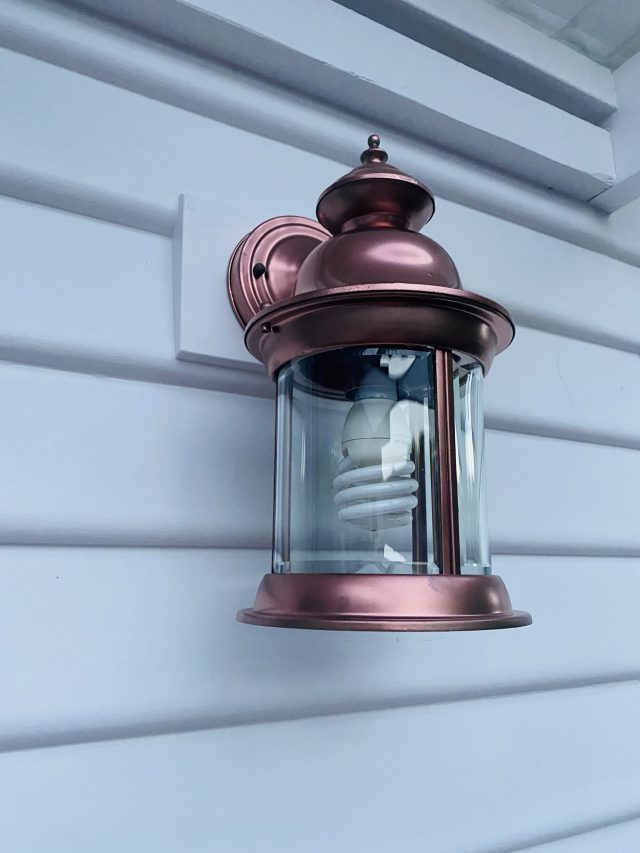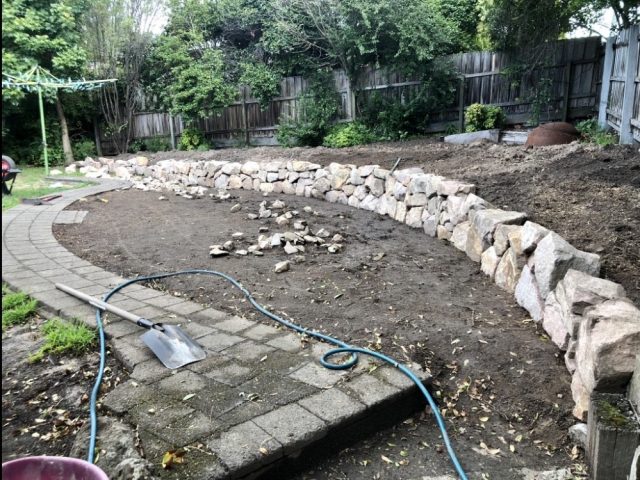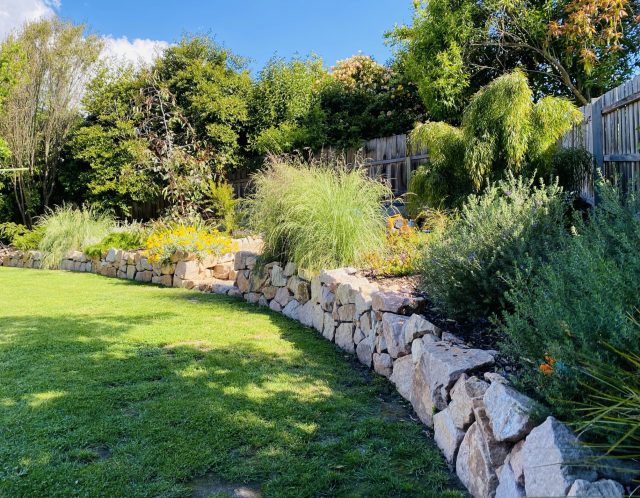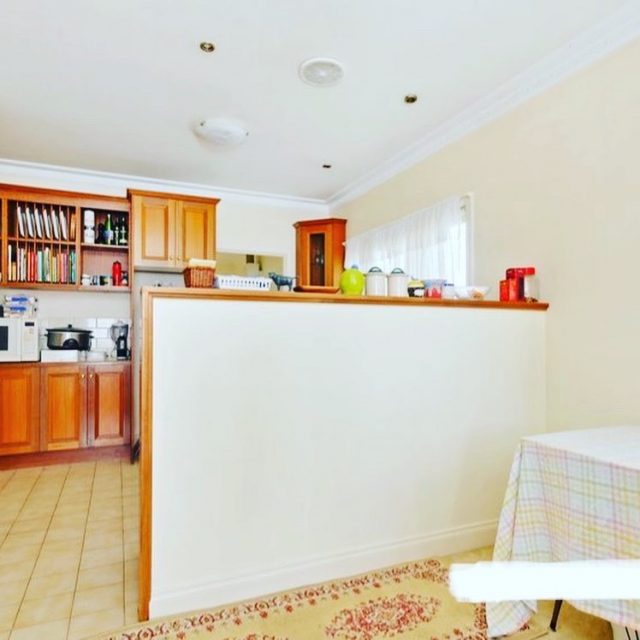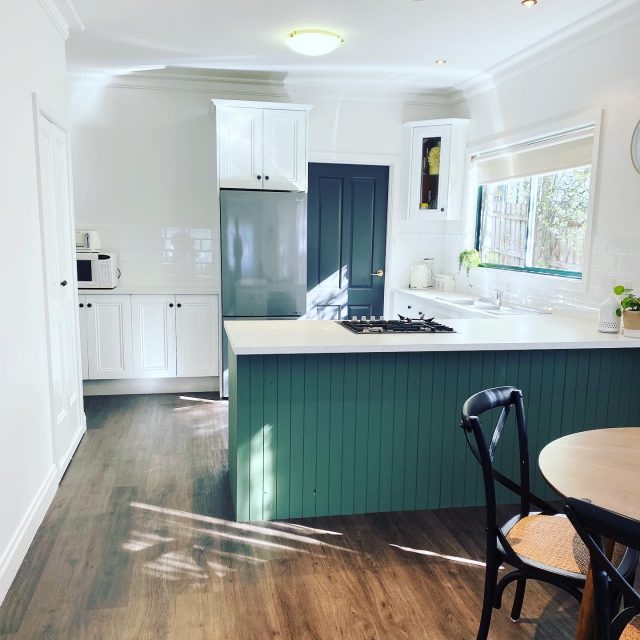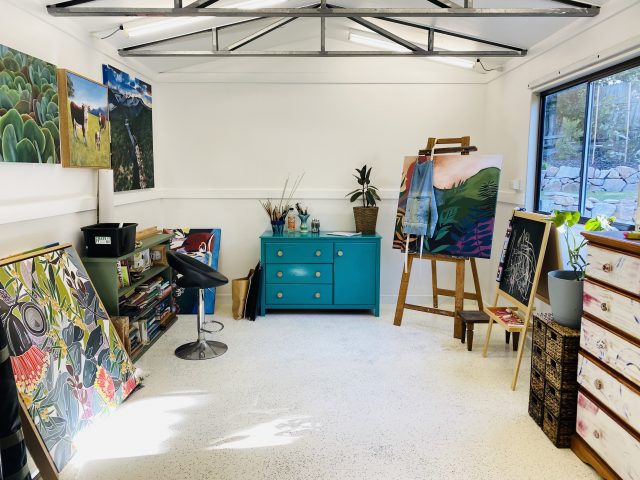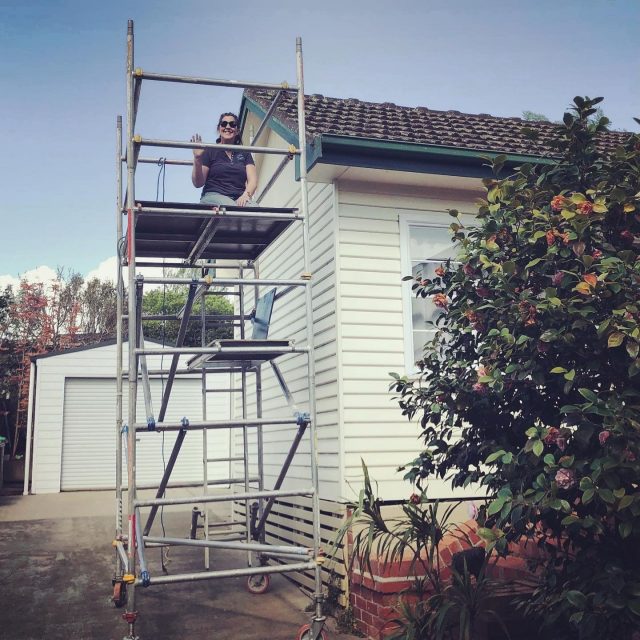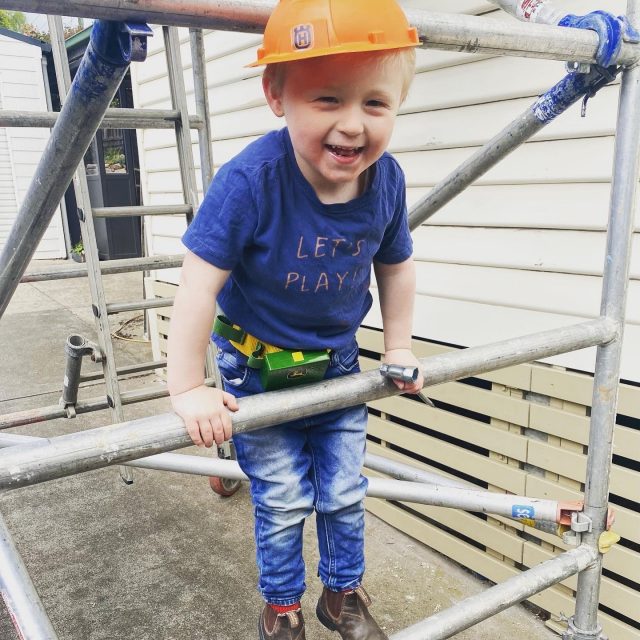The thought of painting walls and ceilings yourself can be a daunting. Nobody wants to make what seem like permanent mistakes whilst painting for everyone to see. That is why British Paints has shared their top tips that all first time painters need to know.

Check for damage on walls
The first important step when starting a new paint project is to check walls for damages and marks, in order to determine exactly what paint and tools are needed. Are there any leaks? Is there pre-existing mould or stains? Are there any cracks? If these aren’t attended to before painting, it will impact the final result. Water stains, oil based stains, ceiling mould, gaps, holes or cracks are all common types of damage. Such issues can be solved with specialist paint products.
*Tip: Use oil-based products for water stains and water-based products for oil-based stains!

Set up with the right tools
Having the right tools is essential for tackling a paint project. Pairing the right paint to the right brush/roller is key to ensuring the finished product is faultless. Brushes are perfect for small areas, trims and edges, while a roller is great for a large painting area, such as a wall or ceiling.
Along with the correct pairing, add the following to the shopping list: frame, ladder, roller tray, roller pole, drop sheets, painter’s tape, filing blades, gap filler, rags, sandpaper, sugar soap.
How to know when to use a primer
Although similar, primers and undercoats both serve quite different functions. Primers act as a foundation for paint to stick to, while undercoats create a flat and level base for topcoats. An easy way to remember when to use a primer is if a surface is new and hasn’t been painted before.
If a surface is painted and in good condition, but in need of a refresh, a regular paint without a primer can be used. Ensure the wall has had a good clean, with sugar soap, then use British Paints Clean & Protect Low Sheen to give the wall a refresh. Clean & Protect is guaranteed to protect from mould, it’s easy to apply, allows for a smooth flow and an even finish.

Choosing the right paint
Paints are designed for different purposes and it’s important to look for a paint specific to the project at hand. When painting a ceiling, for example, the aim is for a lower gloss paint, to create a flat finish. Whereas, if painting exterior surfaces, use a paint that can protect against seasonal demands.
Once the purpose of the paint is decided, it’s time to choose the colour! To assist with the hardest decision of all, Aussies can visit British Paints’ online colour wall assistant tool to work out the best colour for the project and how much paint is needed.

Give it a go!
The best way to get started on a painting project, is to just give it a go! Painting is supposed to be fun, particularly for painting novices setting out to DIY homes. Because of this, British Paints has the Good Job Guarantee which gives painters piece of mind by offering paint replacement for any mishaps or mistakes that happen along the way – so there’s no reason not to give it a go!
Click here for all paints and more help with painting











































































